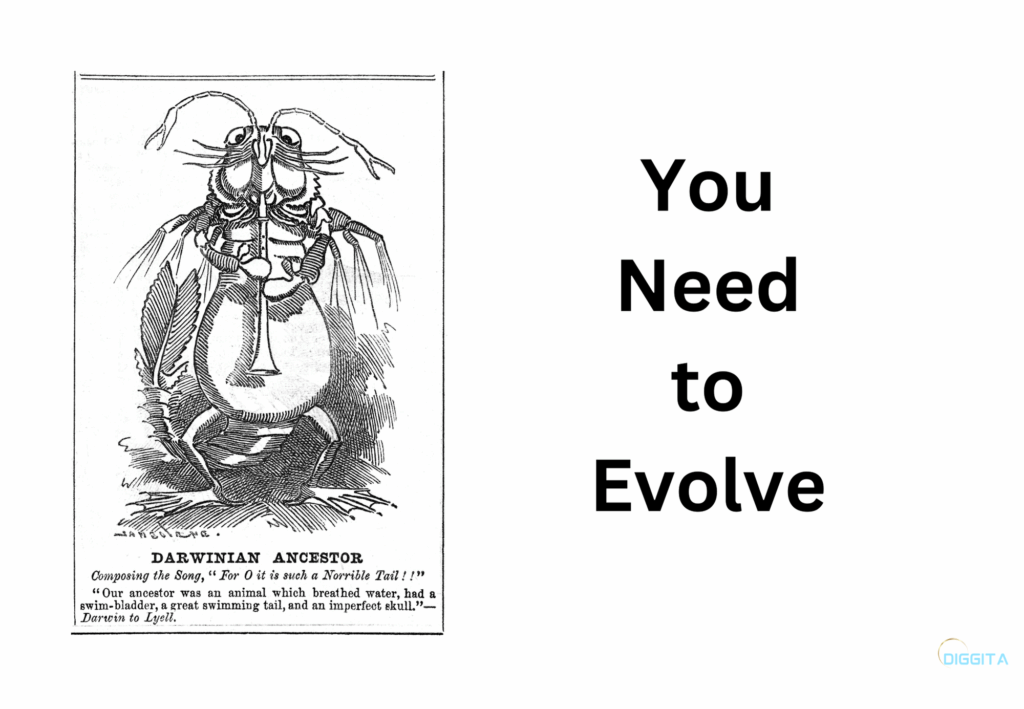Somewhere around your 40s or 50s, you begin to notice a shift. The career you once chased with ambition no longer feels meaningful. The life you built — the job title, the mortgage, the daily routine — feels more like something you maintain rather than something you love. There’s a quiet voice inside you, asking, “Is this all there is?” And slowly, a new idea begins to form: “What if I started again?” Not because you’ve failed. But because you’ve grown. This thought—urge to rewrite your story—is what makes midlife so powerful. Starting again in midlife isn’t a breakdown. It’s a breakthrough. But like all big changes, it comes with both ease and resistance. Here’s what you can expect along the way. The Gift of Clarity When you’re young, you spend years trying to figure out who you are. You try on different versions of yourself — in careers, relationships, and social roles — just to see what fits. But by the time you reach your 40s or 50s, you know yourself more intimately than ever before. You’ve discovered what drains you, what lights you up, and what doesn’t align anymore. That clarity makes decisions easier. You’re no longer impressed by titles or swayed by trends. You want meaning, fulfillment, and alignment — and you’re finally willing to pursue them, even if it means starting fresh. This is a major advantage. You’re not experimenting. You’re acting from experience. That’s why so many people who make career or life changes in midlife find that their second act is more satisfying, more grounded, and more authentic than the first. The Power of Experience Starting again doesn’t mean starting from scratch. In fact, you’re beginning with something that younger professionals don’t have: real-world wisdom. Take, for example, Priya — a corporate manager who left her 20-year career in finance to become a mental health coach. She didn’t have formal training in therapy, but she had spent years mentoring junior employees, helping friends through burnout, and managing her own emotional challenges. Her new path wasn’t built from a textbook. It was built from lived experience. Midlife reinvention is full of stories like Priya’s. You bring your life lessons, resilience, intuition, and problem-solving skills to the table. You understand people better. You trust your gut. And most importantly, you’ve developed the strength to withstand failure — because you’ve already faced it and survived. The Freedom to Say No Another quiet superpower of midlife is the ability to walk away from what no longer serves you. You’ve spent years trying to fit into places — workplaces, social circles, even identities — that didn’t always fit back. But now, you have a lower tolerance for nonsense. You don’t chase approval the way you once did. This freedom is deeply empowering. You’re more selective. You take jobs, projects, and opportunities that align with your values. You set better boundaries. You prioritize peace over performance. And that gives you an edge. Because while others are still trying to be everything to everyone, you’ve finally realized that the only person you need to honor is yourself. What Gets Difficult — And Why It’s Okay But let’s not pretend it’s all easy. Starting again in midlife comes with its own set of challenges. The hardest of which? Unlearning. You may need to unlearn beliefs that have quietly shaped your choices for decades — that success looks a certain way, that risk is reckless, or that you’re too old to try something new. There’s also the fear of judgment — from peers, family, even from yourself. You might find yourself whispering, “What if I fail? What if I don’t belong anymore?” And sometimes, you’ll feel like a beginner in a world where everyone seems younger, faster, more “in touch” with the latest tools or trends. But here’s the truth: being a beginner doesn’t make you weak. It makes you brave. It means you’re growing. It means you’re refusing to stay stuck just because it’s familiar. You may need to plan more carefully, save more intentionally, or re-skill for a new industry. And yes, there will be days when it all feels uncertain. But uncertainty is the price of freedom. And midlife teaches you how to handle it with grace. The Quiet Magic of Reinvention What makes starting again in midlife truly special is that it’s not done in haste. It’s done with heart. Take Arjun, who left his corporate job to open a small bookstore at age 52. It wasn’t just a career change. It was a return to a version of himself he had abandoned decades ago — the one who loved literature, who dreamed of creating a space where ideas could flourish. His bookstore wasn’t about profit. It was about presence. And for the first time in years, he felt alive again. Reinvention at this stage of life is not about ambition. It’s about authenticity. And that makes it infinitely more rewarding.






